Trapper, Shakespeare and Fort Bridger – Sheridan Media
In this second part of Jim Bridger’s story, we will visit his trapping days and the establishment of Fort Bridger.
The Sheridan Post, Sunday 1922 tells of the 1822 Ashley Expedition, accompanied by 18-year-old Jim Bridger, who explored the Rocky Mountain region in search of beaver and other valuable furs.
Ashley and Henry knew that the system of obtaining furs from the Indian tribes through the establishment of trading posts, where the red men brought their pelts, had largely failed because of three obstacles. These were the difficulty of keeping these posts supplied with goods for trade, the frequent inability of the garrisons to hold the posts against hostile attacks from the Red men, and the hesitant attitude of the tribes towards the visit the different posts with their furs and skins. . So it was decided that instead of relying on the Indian trade for their furs, they would employ men as trappers. In other words, according to their plan, the trapper was to complement the trader. This innovation in the fur trade was to have a considerable effect on the development of the West.
The article gives us a glimpse of Jim Bridger who, even at such a young age …..showed qualities that marked him as a natural leader in the desert. Cool-headed, bold, and resourceful well beyond his years, his ability and good judgment earned him the respect of his employers and comrades. In person, he was tall and thin, upright and energetic. Bridger was calm and pleasant in manner, but was somewhat reserved and usually spoke only after careful consideration. He had piercing gray eyes with a straight gaze. His hair was dark and long, and he looked like the typical western mountain man. His courage and composure were unwavering in the face of the greatest difficulties and dangers.
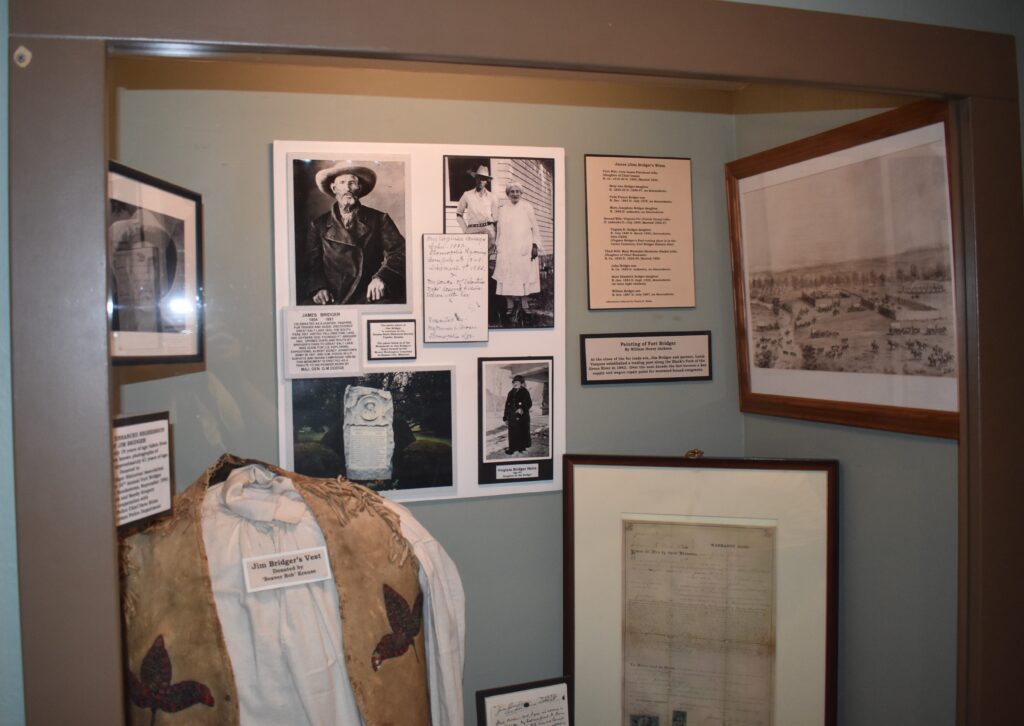
Others of this party who became notables were Louis Vasquez, a fur trader who knew the West Country intimately and who later became Bridger’s partner; William L. Sublette, leader of many expeditions that made important geographical discoveries and a successful trader; Hugh Glass, hero of several amazing adventures in the Upper Missouri country; Thomas Fitzpatrick, who knew the West Country as well as any man except Bridger; David Jackson, an explorer named after Jackson’s Hole, located south of Yellowstone Park and renowned as one of the largest and most beautiful mountain valleys in the west; and Jedediah S. Smith, one of the most notable figures in the fur trade of the following decade, whose adventures took him all over the West.
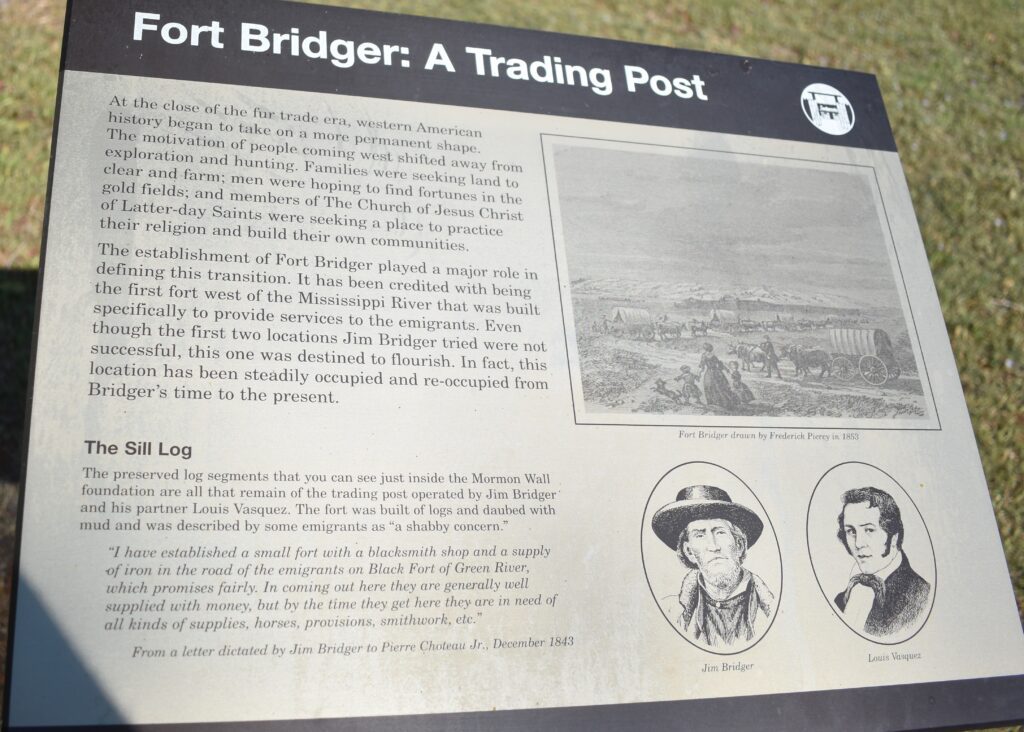
In the summer of 1824, after two years of varied adventures in the mountains, Ashley’s men were divided into two parties and both sent beyond the Rocky Mountains, Bridger went with a division led by Sublette who traveled south to Green River in what is now Wyoming and began an exploration of the then little-known “inner basin” which contains the Great Salt Lake.
According to his own story, told in Virginia City, Montana, many years later he and a companion set out with saddle and pack horses and rode down the Green River until they came in sight of the great expanse water from the inland sea.
Tasting the water, they discovered it was salty, leading Bridger to believe they had found an arm of the Pacific Ocean. The following year, an exploration of its shores by Ashley’s men proved that it was an inland lake, not an ocean. It took nearly thirty years before the government surveyed and mapped Salt Lake.
The Ashley Henry company did business below the name of the Rocky Mountain Fur Company. Bridger served there until 1834, when he, Sublette, and Fitzpatrick purchased the property belonging to him. During its twelve years of existence, the company shipped furs worth $500,000 to Saint-Louis. Bridger, after a few years like a tradesman, established Fort Bridger on Black’s Fork of Green Rriver, who has become a of the most famous western trading posyous It wasFishing constant demand during official expeditions. For twenty years he was almost permanently engaged in his later exploration work of the west by the government being invaluable. He Washingtons frequently consulted army commanders exhibiting their indian warfare campache.
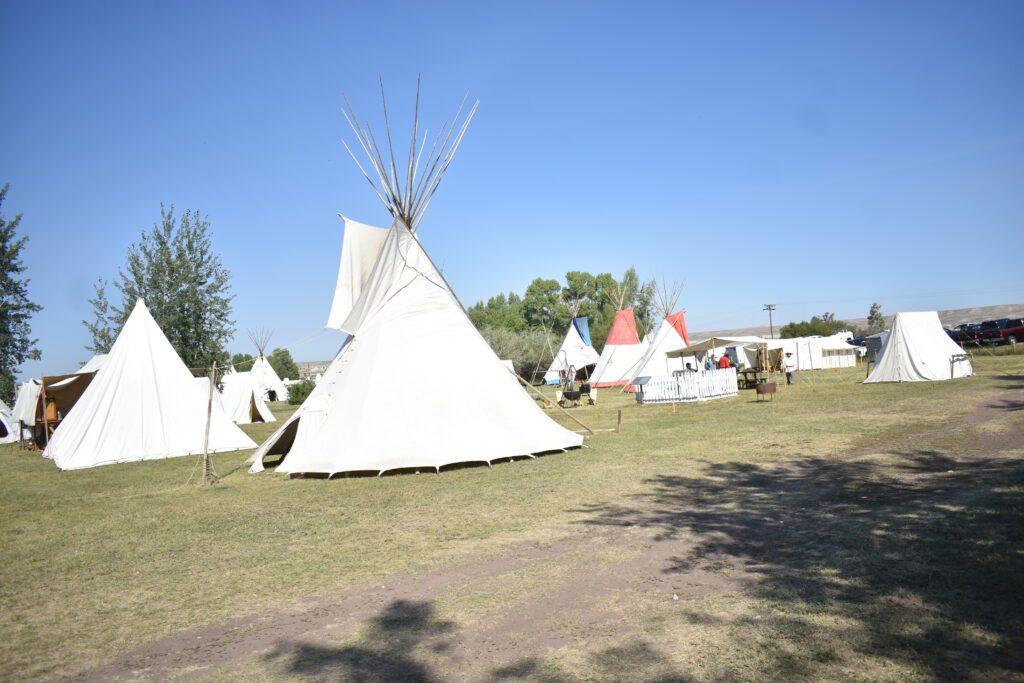
Ashley started the Rendezvous, or trade fairs, in 1825. They were held annually in the mountains until 1840. Bridger was a notable attendee. Trappers and Indians came to the established location, sometimes at Jackson Hole, sometimes at Pierre’s Hole, Idaho, and around present-day Lander.
There was room there to spread out their tents and teepees, grass for the horses, and plenty of good water. Beaver pelts were sold, supplies were purchased for the upcoming trapping season in the distant mountains. Mountain people and Indians held horse races, sang, danced, told mountain stories, drank and gambled before heading back to the beaver streams.
You never knew who would attend the meeting. In 1833 Bridger met a Scottish adventurer, William Drummond Stewart, who took a liking to the mountain man, and in 1837 Stewart presented Bridger with armor. An artist who traveled with Drummond, Alfred Jacob Miller made a sketch of Bridger on horseback decked out in armour, complete with feathered helmet and steel cuirass. It must have been quite a show. Miller made several well-known paintings of trappers and Indians recording firsthand the demise of the fur trade.
The 1837 rendezvous was one of the last. Beaver streams were becoming trapped and beavers were disappearing. Fashions in Europe changed from beaver to silk, and the price of beaver pelts fell sharply. In 1839, the price of beaver fell from $6 a pelt to $4, but the prices charged for the commodities needed by trappers remained high. It was time to embark on another profession. The last official appointment was in 1840 near Daniel, Wyoming.
At 35, Bridger saw the world he had known disappear. What to do next? He was a blacksmith, trapper and explorer. What could he do with these talents?
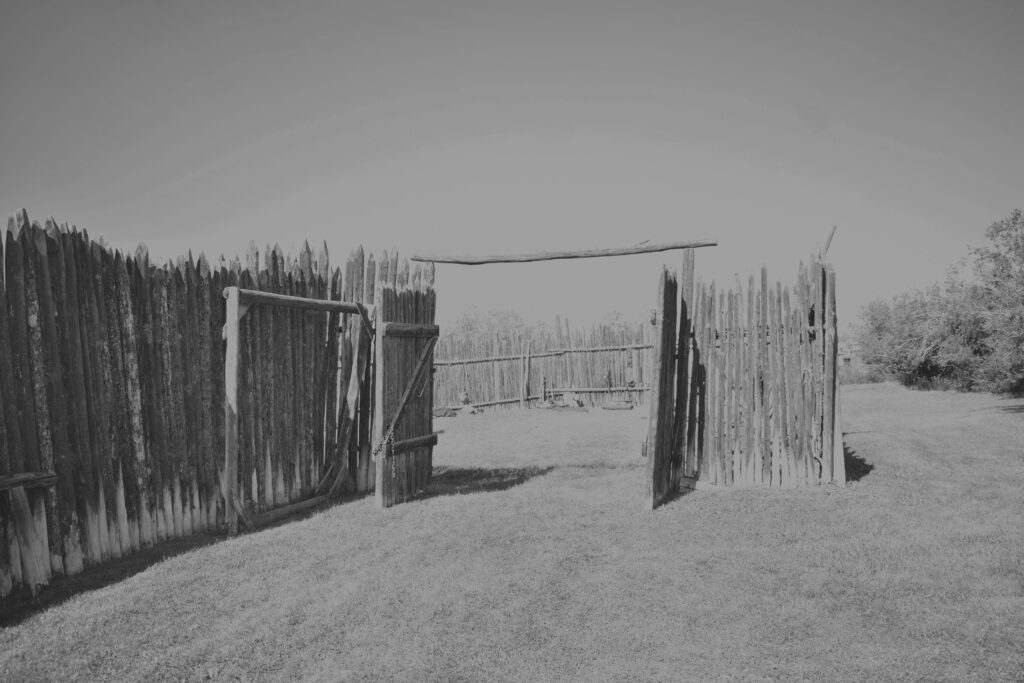
In 1843, Bridger dictated a letter to his old friend, Louis Vasquez, saying that he had established a small fort with a blacksmith’s shop along the Emigrant Route, on Black Fork of the Green River. Vasquez came to the new fort to become a partner in the business. Bridger knew the Indians, the trappers and the soldiers. He ran the trading post successfully for several years. The ranch and trading post were located along the Overland Trail, and it was one of the main centers of westward movement. Bridger traded with Mormons, gold hunters, military, mountaineers, and Indians.
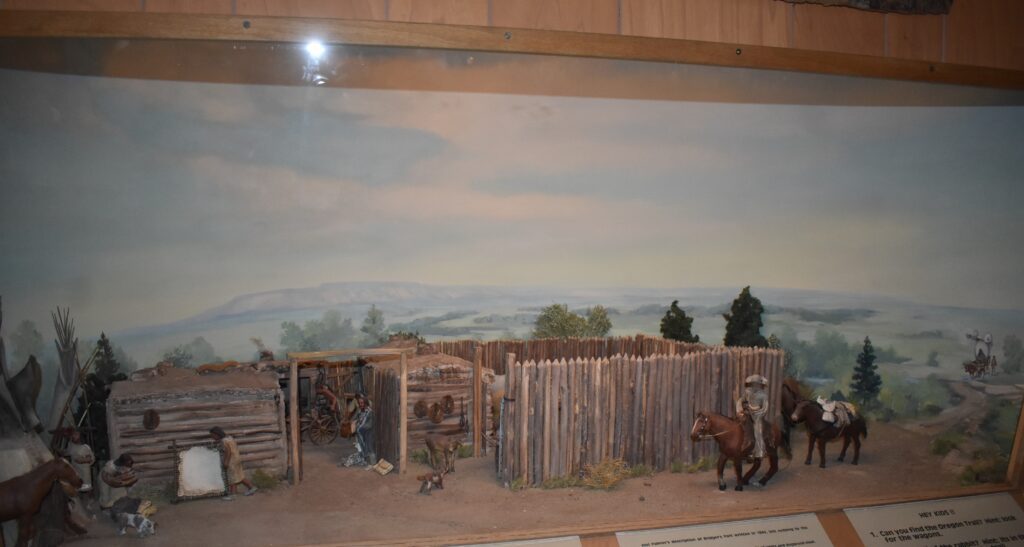
An interesting story about Jim during his years at the fort appeared in The Sheridan Post, October 1911.
Jim Bridger and Shakespeare“One of the best-known characters on the frontier twenty years ago was old Jim Brldger of Fort Bridger, Utah (then part of Utah). Once he came to New York. He disliked the narrow downtown streets with tall buildings on either side, and complained that he had once lost his way in “Day Street Canon”, and was rescued with difficulty by the police. He loved the theaters and expressed the greatest pleasure in the performance of “A Midsummer Night’s Dream”.
He had no clear idea of who Shakespeare was, but conceived and developed for him the most extravagant admiration. Back at the fort, he sold cattle and provisions to emigrants and other travellers, as in the past. One day the man wanted to buy oxen, and Jim said he could have some, except one, which he had decided to keep at all costs. In the morning a messenger came to say that the man wanted this yoke, and no other. “He can’t have them,” Jim said. “It’s no use talking.”
“Well, he wants them, and he’s just waiting for them,” the messenger said. “He’s sitting there reading a book called Shakespeare.” “Hey? Jim shouted as he jumped to his feet. “Did you say…Shakespeare?” Here, you, give me my boots.
He ran to the corral. “Stranger,” he said, “joking, give me this book, and take some oxen from them.”
“Oh no, said the man. “I only brought the book to read on the way. I’ll give it to you.”
“Stranger,” said Jim, resolutely, “just kidding, you take those oxen and give me that book,” and so the man did.
Jim hired a reader for $50 a month and listened to Shakespeare every night. Everything went well, until one night the reader comes to the plan to murder the princess in the tower. Jim jumped up from his seat, his eyes blazing, and shouted in a booming voice, “Wait! Wait till you get my gun and I’ll shoot the villain!” As one of his former pards remarked, no more heartfelt compliment has ever been paid to Shakespeare.
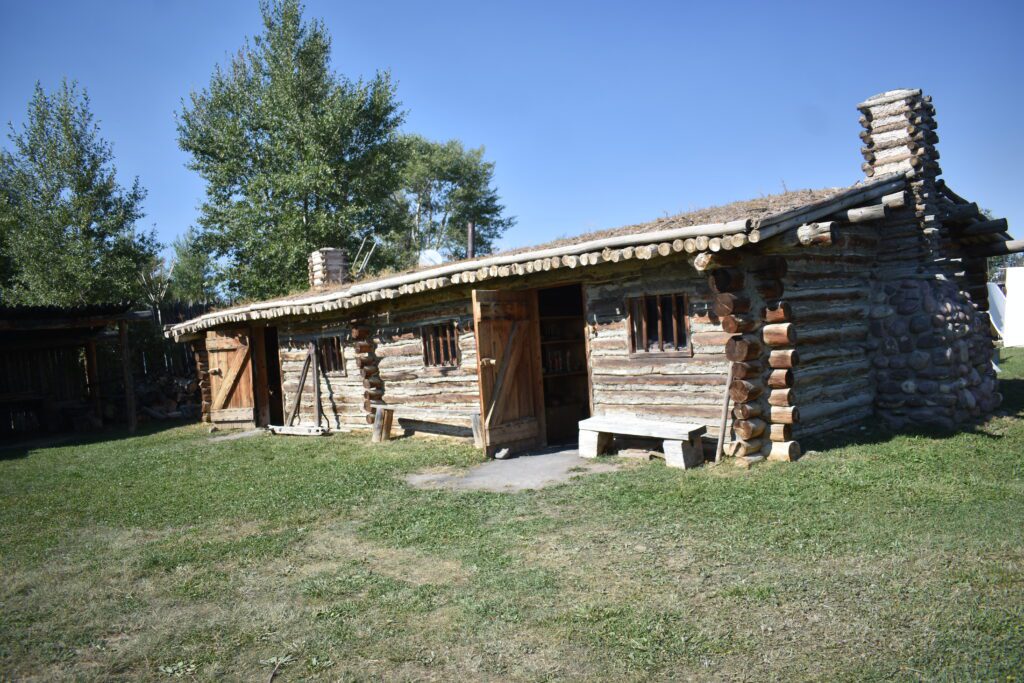
However, all was not well at the fort. Tensions began to rise between Bridger and the Mormon leader, Brigham Young, and he and his followers burned the trading post during the Utah War in 1857. In 1858, it was turned into a military outpost. Major William Hoffman commanded the army depot at Fort Bridger from June to August 1858 and he was relieved by Lieutenant Colonel Brevet Edward Canby. During the 1860s the fort was a stopover for the Overland Stages and the pony express. The fort was abandoned in 1878 and re-established two years later, closing it permanently in 1890.
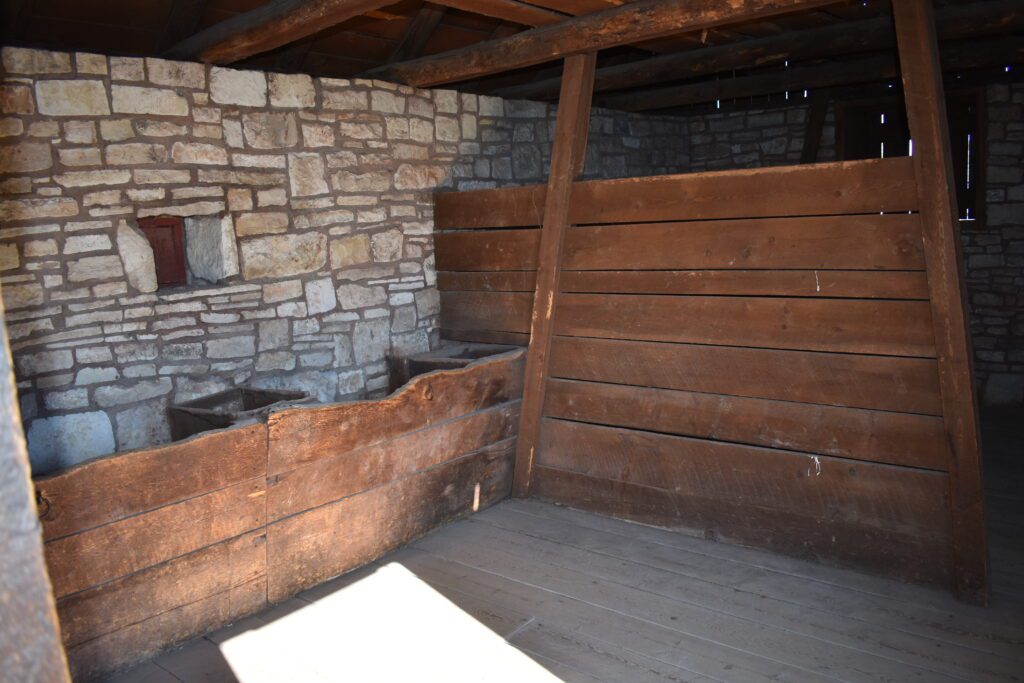
During the 1860s, troops from Fort Bridger guarded the construction of the Union Pacific Railroad road, the Pony Express, the Overland Stage and the Mail Route. In the summer of 1870, Yale professor OC Marsh used the fort as a base camp during one of his geological expeditions.
Today, Fort Bridger is listed on the National Register of Historic Places and a Wyoming State Historic Site. Every year there is a re-enactment of the Mountain Man Rendezvous around Labor Day. The small town of Fort. Bridger attracts thousands of people every year to recreate the era of the mountain people and celebrates Jim Bridger, one of the greatest mountain people.
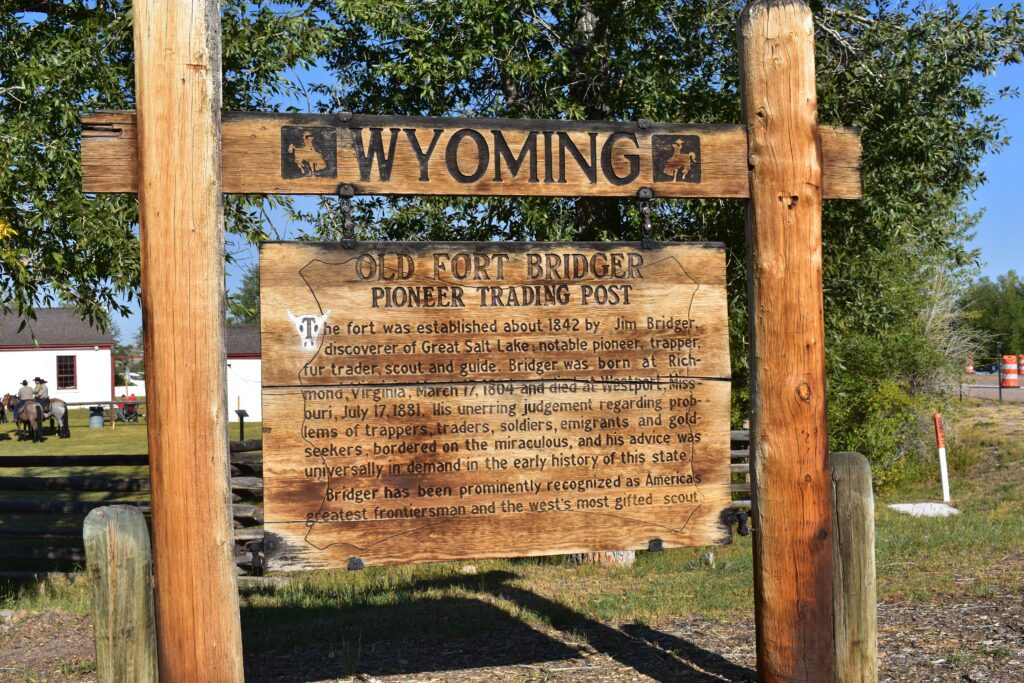
Bridger, losing his trading post, becomes a scout for the army, but that’s another story.
209


Comments are closed.